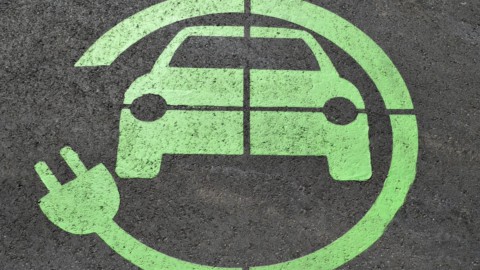Without planning, electric and sustainable mobility in Italy will not take off. The budget law being examined by Parliament these days is an opportunity to keep the “Fit for 55” goals high with state incentives. The Italian vehicle fleet in circulation is among the oldest and most polluting in Europe. But it is now clear that the governments that have shared the development of the electric car must accompany the choices of motorists. Without incentives market share of zero or very low emission vehicles we must expect a drop from 9,4% - reached between January-September 2021 - to 5% in 2022. The National Association of the Automotive Industry fear setbacks. There is a counter-trend with respect to the growth recorded in the other European countries, a counter-trend that interrupts a positive trend that began a few years ago.
The demand for sustainable mobility slowly enters the Italians' hearts, but the passage it wasn't requires a structural plan. It must be aligned not only with the EU's demands but also with the needs of the thousands of car-related companies. The fear of being overwhelmed by the ecological transition is making its way, despite the spread of greater environmental awareness. The estimate on the consequences of the electrification of light vehicles and on the entire automotive supply chain would put 30% of companies in Italy are at risk of components and about 70.000 direct employees. A sector with a turnover of over 50 billion euros and which sees many industrial subjects lined up on the side of electricity "moderation". ANFIA has turned to politics so that it does not neglect proposals that have already been examined. It is true that the targets for reducing emissions in the transport sector for 2030 require a rapid diffusion of electric mobility and a massive renewal of the fleet. For the electric car, however, to date there is no strategy on the sector. The builders recall documents and analyzes shared with the political forces, but remained unimplemented. The lunge is clear: "The absence of a fundamental lever to encourage citizens and consumers to make sustainable choices for private and goods mobility puts the national production of very low-emission vehicles in serious difficulty and the industrial fabric in general in planning of investments in favor of the ecological transition. It carries with it serious consequences for the market ”. The total absence of planning and measures appropriate to the historical moment and to the industrial, economic and social weight of a sector such as the automotive sector appears incomprehensible. Obviously the structural problems remain on the recharges.
Among field proposals there is the maintenance beyond 31 December 2029 of the derogations for manufacturers of a number of cars or light commercial vehicles registered in the Union, lower than 10 thousand and 22 thousand units per year. And again, the maintenance of the exemptions provided for manufacturers responsible for less than a thousand registrations of electric cars a year. As for the reduction of CO2, a 2030% reduction is proposed for 45 and the definition of targets for 2035 and 2040 by observing the "state of progress of the infrastructure network and the level of penetration of the renewable share in the European energy mix". In short, the road is long but you have to start walking it.





